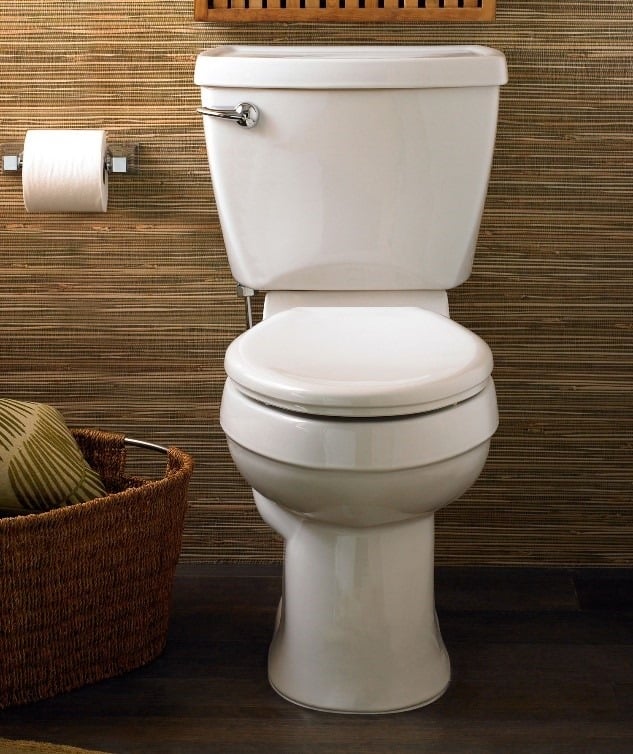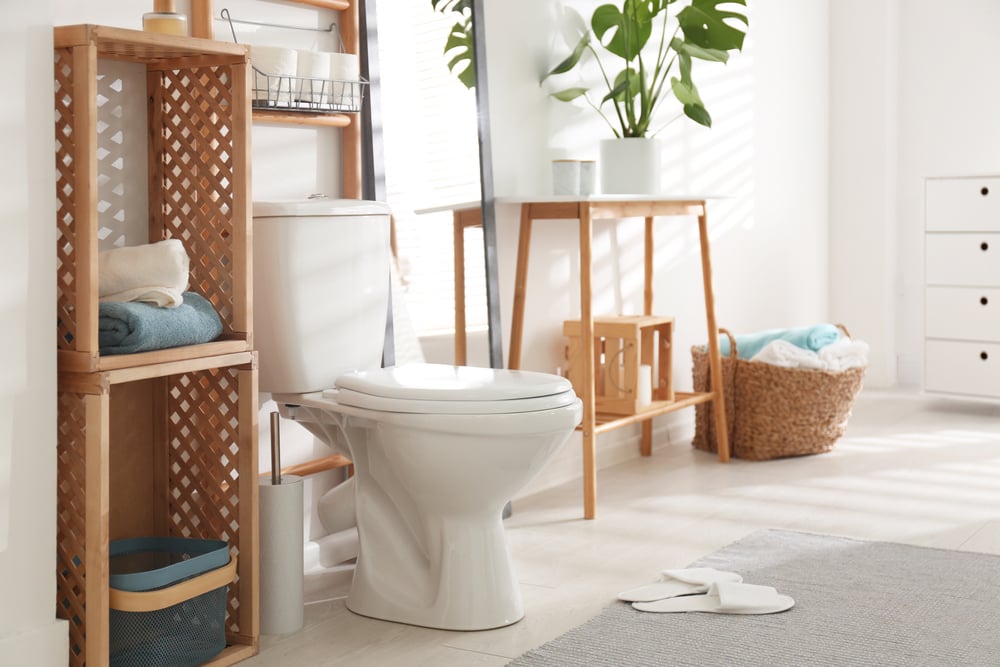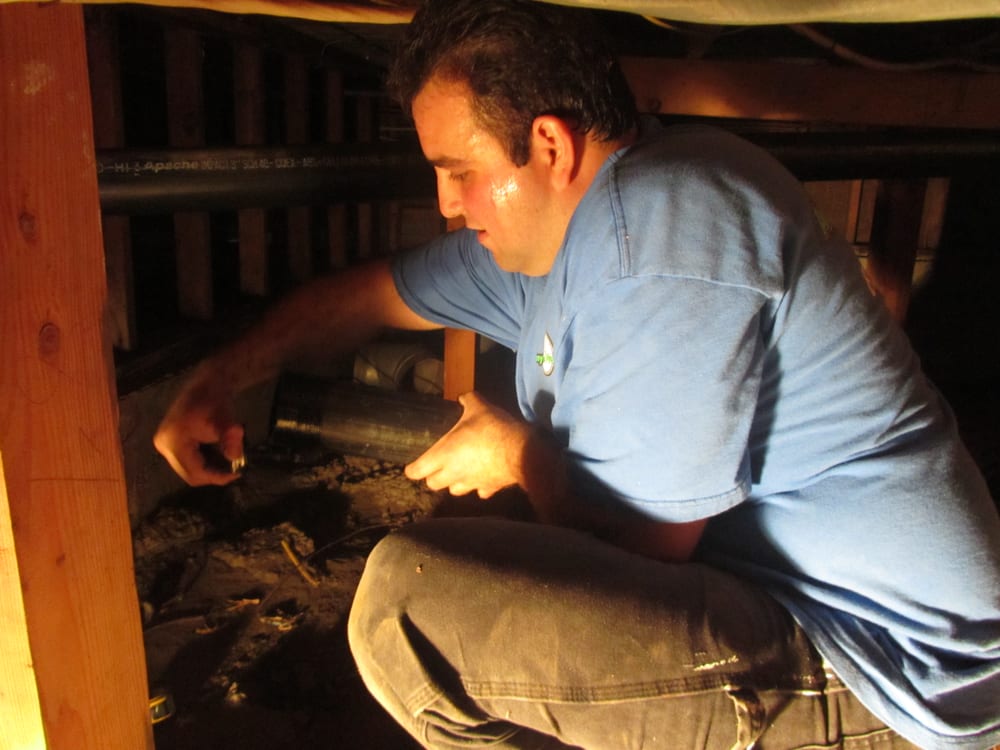
How to Fix a Toilet That Keeps Running
- By: Amer ZaghloulehUncategorizedComment: 0
Plumbing problems plague every household at one time or another. One of the most common issues is a running toilet. It’s annoying, and costs you a lot of money in utility bills. You’ll want to fix the problem as soon as possible.
This entry will provide an in-depth guide on how to fix a toilet that keeps running.
Fix Running Toilet With These Steps
Before you start the job, consider hiring a professional for your running toilet repair. They’re more experienced, and have all the necessary equipment to do the work correctly the first time around.
DIY projects are prone to error, but if you feel you’re up for it, here’s what your running toilet water fix should involve.
Check the Flapper
The flapper creates a tight seal in the lower part of your tank and allows water to flow when flushing. It’s also a common culprit for running toilets. The part wears out and leaks, so you may need to replace it.
The easiest way to determine if the flapper is leaking is to pour some food coloring into the tank and let it rest for half an hour. Don’t flush your toilet during this time. Afterward, check if there’s dyed water inside the bowl. If so, you’ll need to get a new flapper.
Here’s how to repair a toilet tank running nonstop if the flapper is the issue.
Turn Off Your Water Supply
Your toilet receives water from a hose connected to its left side. This part typically goes into the floor or wall and has a handle. Turn the handle to the right to shut off the water supply.

Flush Your Toilet and Remove Your Flapper
Drain water from your tank by flushing your toilet. The next step is to detach the flapper.
To do so, locate the chain linked to the lever inside the tank. Unclip it, or depending on how the flapper is mounted into your tank, you may need to bend or wiggle the component to remove it.
Purchase and Install a New Flapper
The new flapper must be the same type and size as the original one. To make sure you buy the right model, take the old one to the store and compare the products. The employees should also be able to help you find the appropriate unit.
Once you’ve bought the part, install it according to the instructions on the package. You should only need basic tools for the job, such as a wrench.
Adjust Your Flapper Chain
The chain is a crucial part of the flapper. It must have the appropriate length. Too long, and you won’t be able to raise the flapper fully off your drain hole and get a complete flush. Too short, and your flapper might not close all the way and create a tight seal. Adjust the component by making sure there’s around ½-inch of slack while placing the flush lever in a normal position.
How to Adjust Running Toilet by Repairing the Float
Another part that can cause your toilet to keep running is the float. Arm and ball floats are the two primary types, both of which have a small floating ball. You can also find column floats inserted vertically inside the toilet.
Let’s first see how to fix a toilet running and leaking constantly by addressing arm and ball floats.
Arm and Ball Floats
Here’s how to diagnose and repair your arm and ball floats.
Check Your Float Level
Checking your float level shouldn’t be too hard. Make sure to have the float set around 1-2 inches under your overflow tube. Your toilet tank may have a line that marks the optimal water level. Take a picture of the point to verify where the float should sit after your adjustment.
Terminate Your Water Supply
This step is the same as in the previous section. To shut off your water supply, you’ll need to locate a hose connected to the left of your toilet. Turn the handle on the lower part of this hose clockwise to tighten it.

Loosen and Adjust the Part
The float is held in place with a couple of screws. You can typically find these pieces near your fill valve. Turn them counterclockwise with a screwdriver to loosen them.
Once the screws are loosened, inspect the water line on your tank to determine where your float should sit. This is where you make the adjustments – tighten the screws to raise your float or loosen them more if it needs to be lowered.
Test Your Float Level
After making adjustments, turn the water supply to your toilet back on by turning the handle on the hose to the left. Let the tank fill up and ensure your float sits at the appropriate level. If it’s too low or high, make the necessary tweaks by repeating the process.
Column Floats
The other type of float a toilet might have is the column float. It can cause various issues, including a running toilet. The repairs are mostly the same as fixing arm and ball floats.
Record Your Float Level
As previously discussed, you should make your float sit approximately 1-2 inches beneath your overflow tube. Look for a line that denotes the recommended water line. Record this point because you’ll use it as a reference for your adjustment.
Turn Off Your Water Supply and Find the Release Clip
Tighten the handle of the water supply hose by turning it to the right.
Look inside your tank and find a tube running from your fill valve to the float. The tube should contain a small plastic piece, which is the release clip.
Adjust the Height and Tighten the Release Clip
Rotate or squeeze your clip to loosen it. You can now adjust the height of your float. Raise or lower your float by pulling and pushing the component. Adjust your float until it matches the water level identified earlier.
Once the float is in the right position, tighten your release clip by rotating or releasing it. This should firmly adjust your float.
Test the Level
Restart the water supply to your toilet by loosening the handle on the hose. Wait for your tank to fill with water and check that the float is at an appropriate level. If it’s over or under the line, you’ll need to readjust the column float.
Fixing a Running Toilet Fill Valve
A running toilet can be caused by a leaky fill valve. This repair involves diagnosing the leak and installing a new model.
Check the Valve for Leaks
Flush your toilet and look for leaks in the fill valve. The easiest way to do so is to lift your float arm while the tank fills to determine if the water stops.
Then, adjust or bend the float arm to stop the filling when the water is ½-1 inch under the top of your overflow pipe. If the valve leaks, you’ll need to replace it.
Remove the Factory Fill Valve
Turn off your water supply and flush your toilet. Use a sponge to get rid of any lingering water in the tank.
The next step is to remove the fill valve. To do so, disconnect your supply hose and unscrew your fill valve nut. Detach the valve.
Mount the New Model
Insert your new valve inside the tank according to your instruction sheet. Tighten the nut with your hand and use a wrench to tighten it half a turn past that.
If the fill valve has reached the maximum height but your overflow pipe exceeds the critical water level mark, shorten your overflow pipe. Use a hacksaw to remove a portion and ensure the tube is about an inch lower than the fill valve water line.
Connect Your Fill Tube
Connect the valve nipple to your fill tube. The other end of the fill tube should be linked to the angle adapter. You may need to cut the pipe to prevent kinks.
The next step is to secure your angle adapter to your overflow pipe. Complete the process by attaching your flush lever to your flapper chain.
Finally, turn on your water supply and flush to check for leaks.
How to Fix a Running Toilet Without a Ball Float or Flapper
If your running toilet doesn’t have a flapper or float ball, the problem may have to do with a broken float cup. This part sits next to your fill valve and works like a standard float ball.
To prevent your toilet from running, you might need to replace the float cup. The project is relatively straightforward.

Purchase a New Float Cup
When shopping for your float cup, look for the same model as the original one. If you can’t find an identical part, buy an item compatible with the toilet make and model.
Remove the Original Float Cup
Shut off your water supply and flush your toilet to get rid of the water. Remove your tank lid and disconnect your supply hose. Soak up excess water using a sponge.
You can now remove the broken float cup. First, remove your valve nut with pliers or a wrench. Pull the valve out to finish the process. If you can’t get it out, you might need to unclip your refill tube.
Mount the New Model
Take your new float cup and adjust the height for the tank by twisting the base. Insert the threaded base into the hole in the lower part of your tank. Once it’s attached, fasten it with the locknut and secure your refill tube onto your overflow tube. The last step is to reconnect your top slip nut.
All you need to do now is turn your water supply back on, flush your tank, and adjust your float to match the appropriate level.
Repairing a Running Toilet by Replacing the Gasket
Knowing how to fix a toilet valve that runs and set the water level is helpful. You should also learn how to replace the tank-to-bowl gasket. This part can deteriorate and allow water to escape into your bowl.
Installing a new one goes as follows.
Shut Off Your Water Supply and Disconnect the Hose
Terminate the water supply to your toilet before flushing it. Hold your handle down to empty as much water as possible and collect the rest using a sponge.
Next, disconnect the supply hose by turning the connector. You might be able to do this by hand, but if it doesn’t turn, use adjustable pliers. Place a rag under the toilet to absorb any spills.
Locate and Unscrew
The tank-to-bowl screws should lie in the lower part of your tank and are characterized by slot heads. Turn them with a screwdriver, but don’t forget to secure the nut under the tank to keep it from moving. Locking pliers will come in handy here.
Lock your pliers onto a nut and turn your screwdriver. The pliers should rotate until they touch the toilet or wall, which is when they’ll hold the nut in place. Remove the screw and repeat the process for the other one.
Remove the Gasket and Mount a New One
Lift your tank off your bowl and remove the gasket from the outlet. Take the original part to a store to get a replacement.
Your new gasket should sit at the bottom of your tank. Make sure the narrow side faces away from your tank. Return the tank to its original position and push it down to secure the gasket.
Replace Your Washers and Screws
Install new washers and use them to insert your screws. Guide the screws into the bottom holes and slide the washers along the threads.
Tighten the Nuts and Reinstall the Supply Hose
Tighten the nuts by hand and lock your pliers onto one. Make a turn or two with your screwdriver and put the pliers onto the other unit. Tighten it the same way.
Finally, return the supply hose to your fill valve and let the tank fill. If you’ve done everything correctly, there should be no leaks.
How Do You Fix a Toilet That Keeps Running? A Professional Might Be Your Best Bet
A running toilet is a common problem. If fixing it sounds too complicated, you can outsource the job to a qualified plumber.
Here at Anytime Plumbing, we have a proven track record of performing various toilet repairs. Whether your unit is running or leaking, our experts can deal with the issue in no time. Give us a call or email us to take care of your running toilet problems for you.







